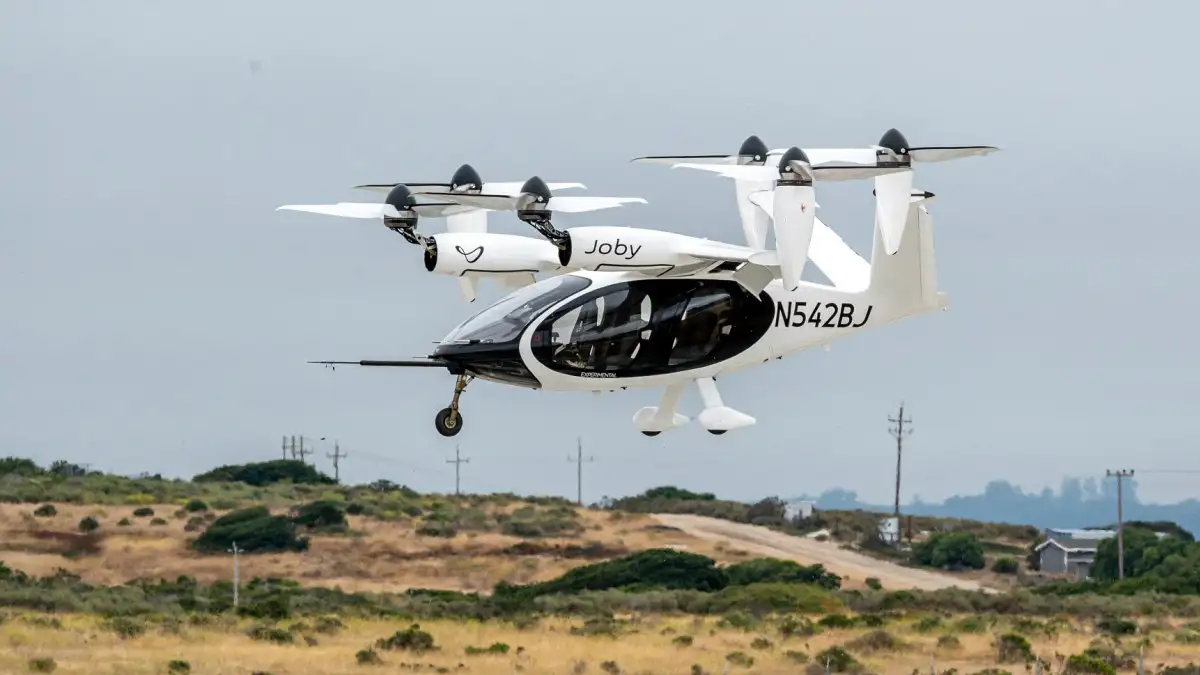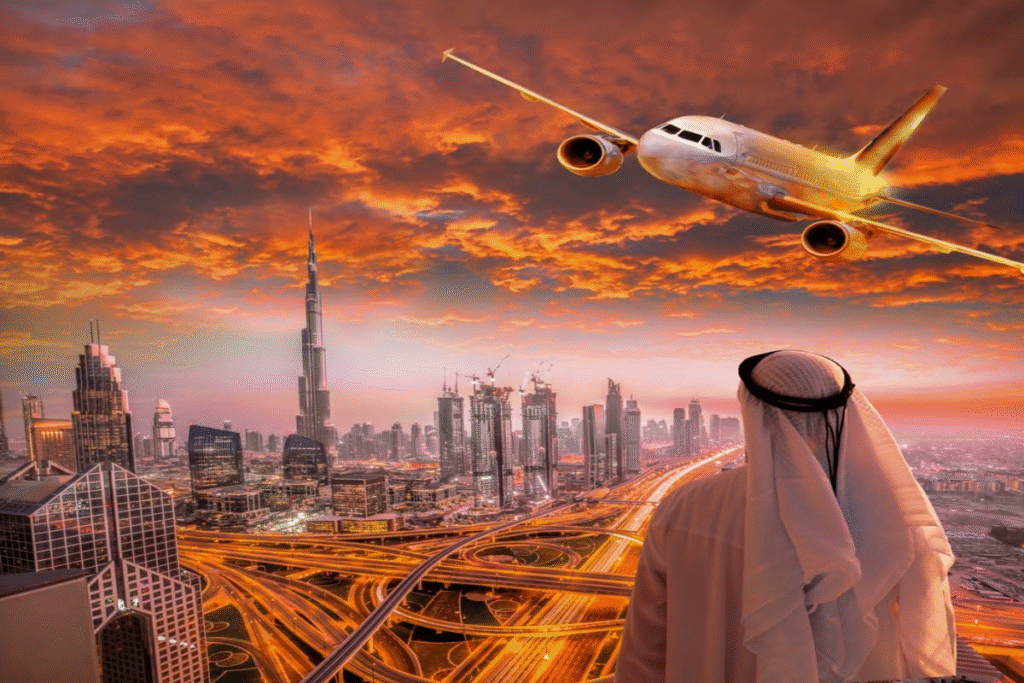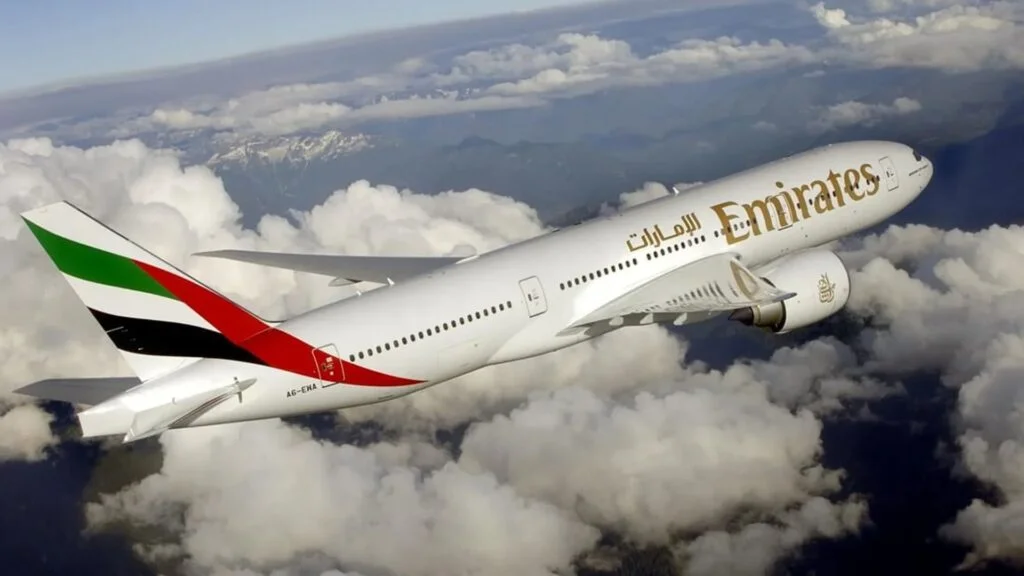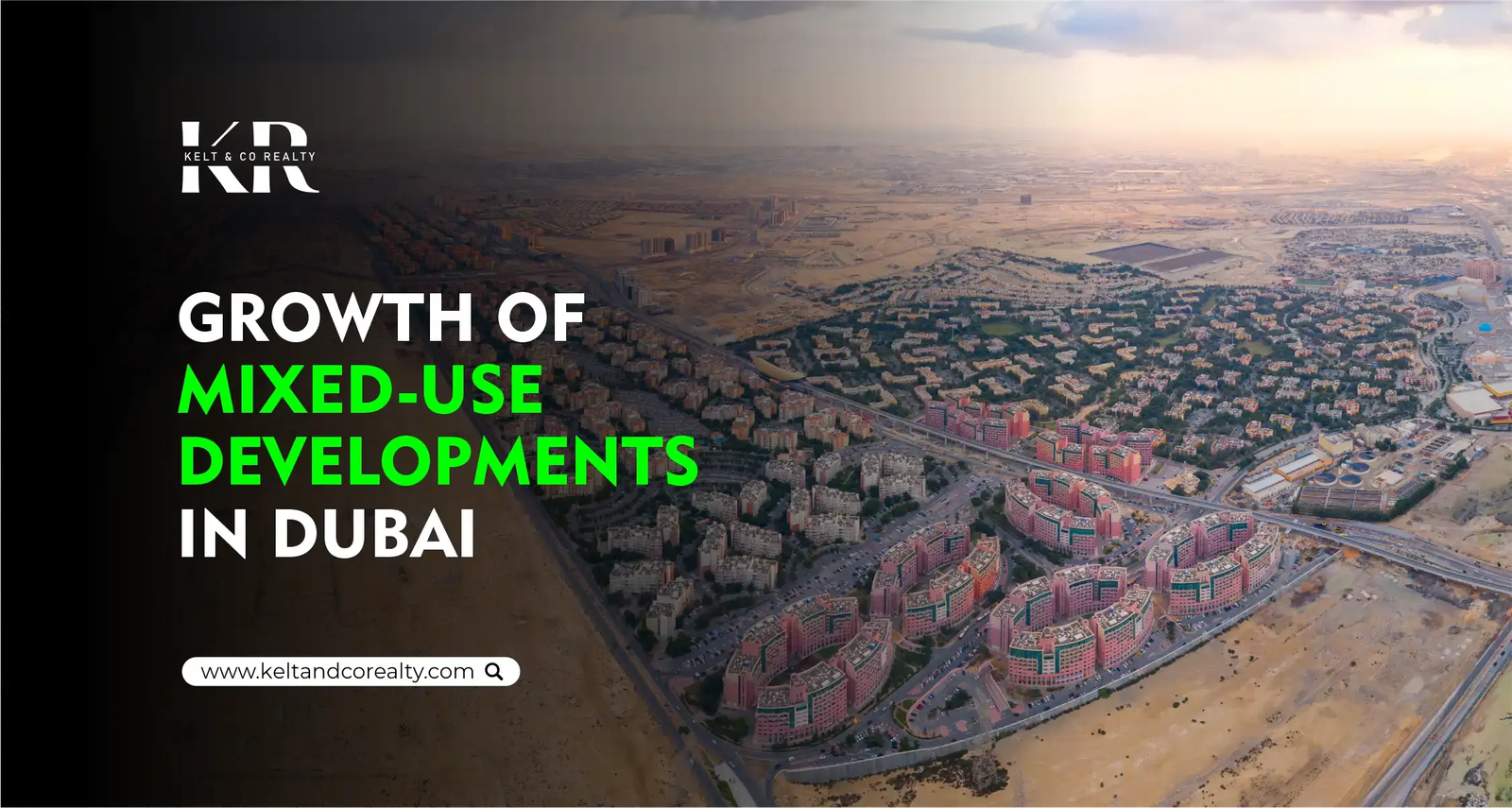Now Reading: How Dubai Became the World’s Ultimate Aviation Powerhouse 2025
-
01
How Dubai Became the World’s Ultimate Aviation Powerhouse 2025
How Dubai Became the World’s Ultimate Aviation Powerhouse 2025

Table of Contents
Dubai, the glittering city of the United Arab Emirates (UAE), has become one of the world’s most important aviation hubs. Over the past two decades, Dubai has transformed itself from a regional transit point to a global giant in air transport, linking continents and setting new standards for airport infrastructure, airline services, and aviation innovation.
From the rise of Emirates Airline to the massive Dubai International Airport (DXB) and the futuristic Al Maktoum International Airport (DWC), Dubai has created an ecosystem that attracts passengers, cargo operators, and aviation businesses from all corners of the world.
The Rise of Dubai’s Aviation Industry

Dubai’s strategic location between Europe, Asia, and Africa gives it a powerful advantage. In just an eight-hour flight radius, Dubai can reach more than two-thirds of the world’s population. This geographic benefit has helped the city build a massive aviation sector that connects people and goods faster than ever before.
In the 1980s, Dubai’s leaders realized that oil alone could not support the emirate’s long-term growth. They turned to aviation, tourism, and trade to diversify the economy. This vision led to the launch of Emirates Airline in 1985 with only two aircraft. Today, Emirates is one of the world’s largest and most respected carriers, operating a modern fleet of over 250 planes and flying to more than 150 destinations.
Dubai International Airport: A Record-Breaking Facility
Dubai International Airport (DXB) is now the busiest international airport on the planet. It handled around 86 million passengers in 2023, surpassing other global hubs like London Heathrow and Singapore Changi. The airport is famous for its efficient terminals, luxury shopping options, and high-speed immigration services.
DXB’s Terminal 3 is the largest airport terminal in the world, dedicated mostly to Emirates operations. The terminal can handle over 60 million passengers per year on its own, and the airport as a whole continues to expand to meet rising demand.
Cargo is also a huge part of Dubai’s aviation success. DXB is one of the world’s top five air cargo hubs, handling millions of tonnes of goods ranging from electronics to fresh food.
Al Maktoum International: The Future Giant
While DXB is impressive, Dubai has even bigger dreams with Al Maktoum International Airport at Dubai World Central (DWC). Located in the southern part of the city, DWC opened in 2010 for cargo and began passenger flights in 2013.
When fully complete, DWC is expected to handle over 250 million passengers annually, making it the largest airport ever built. The airport’s master plan includes five parallel runways, hundreds of gates, and smart technology to deliver smooth passenger experiences.
Dubai plans for DWC to eventually take over most passenger operations from DXB, allowing the older airport to focus on business and premium travelers.
Emirates Airline: The Pride of Dubai
Emirates has become a symbol of Dubai’s aviation power. Known for its spacious cabins, top-notch inflight entertainment, and impressive route network, the airline has won dozens of awards.
Emirates invested heavily in the Airbus A380, the world’s largest passenger aircraft, which helped the airline carry more travelers with greater efficiency. Even after the pandemic, Emirates has shown strong recovery, returning to profit and expanding services across the globe.
The airline also supports Dubai’s tourism ambitions. With seamless connections to Africa, Europe, Asia, and the Americas, Emirates brings millions of visitors to Dubai each year, supporting hotels, restaurants, and other businesses.
Aviation and Dubai’s Economy
Aviation is a vital pillar of Dubai’s economy. According to a report by Oxford Economics, the aviation sector contributes around 27% of Dubai’s GDP, supporting more than 750,000 jobs.
Airlines, airports, ground services, catering, logistics, and aircraft maintenance all thrive in Dubai’s business-friendly environment. The Dubai Civil Aviation Authority also plays a key role by maintaining strict safety standards while promoting innovation.
Innovation and Sustainability
Dubai is not just about scale; it is also about innovation. Dubai Airports and Emirates have both adopted green initiatives to reduce their carbon footprint. There are efforts to reduce single-use plastics, improve energy efficiency, and test sustainable aviation fuel in cooperation with international partners.
At the same time, Dubai is investing in smart technology such as facial recognition, AI-based security systems, and autonomous airport vehicles to improve the travel experience.
The government’s ambition to become a leader in urban air mobility is also taking shape, with plans to introduce air taxis and electric vertical take-off aircraft in the coming years.
Challenges Ahead

Of course, Dubai’s aviation hub faces challenges. Competition is growing from other Middle Eastern airports such as Doha Hamad International in Qatar and Istanbul Airport in Turkey. Environmental concerns about aviation’s carbon emissions are also under global scrutiny.
Dubai will need to keep investing in cleaner fuels, smarter air traffic management, and advanced aircraft technology to maintain its leadership position.
Moreover, geopolitical tensions in the region can sometimes disrupt air routes and passenger confidence. Dubai’s aviation sector must stay resilient and adaptable to such risks.
The Road Ahead
With Dubai’s visionary leadership and huge financial resources, the emirate is likely to continue its dominance in global aviation. Projects like Al Maktoum International Airport and Emirates’ expanding fleet show that Dubai will not slow down anytime soon.
By combining excellent infrastructure, a strong brand, and a focus on the passenger experience, Dubai has built an aviation ecosystem that few cities in the world can match.
For travelers, the city offers easy connections, modern airports, and the comfort of flying with one of the world’s best airlines. For the aviation industry, Dubai represents a benchmark of ambition, innovation, and growth.
As passenger numbers continue to grow, Dubai is perfectly placed to stay at the heart of global air travel for decades to come. Whether you are flying for business or pleasure, chances are you will pass through this incredible aviation hub sooner or later — and experience firsthand how Dubai is shaping the future of aviation.
Read More:- Deyaar’s Latest Announcement Shakes Up the UAE Property Market






















